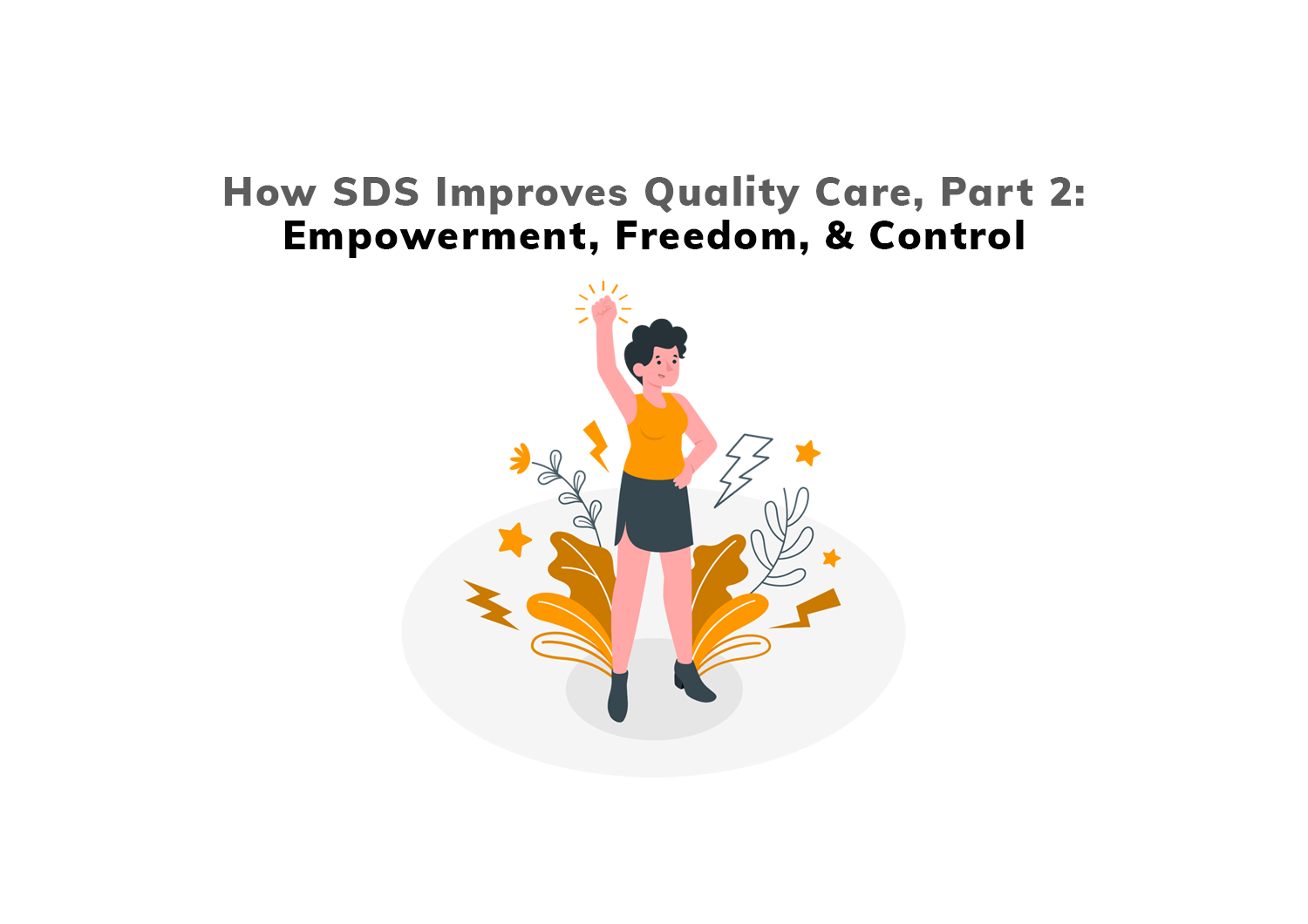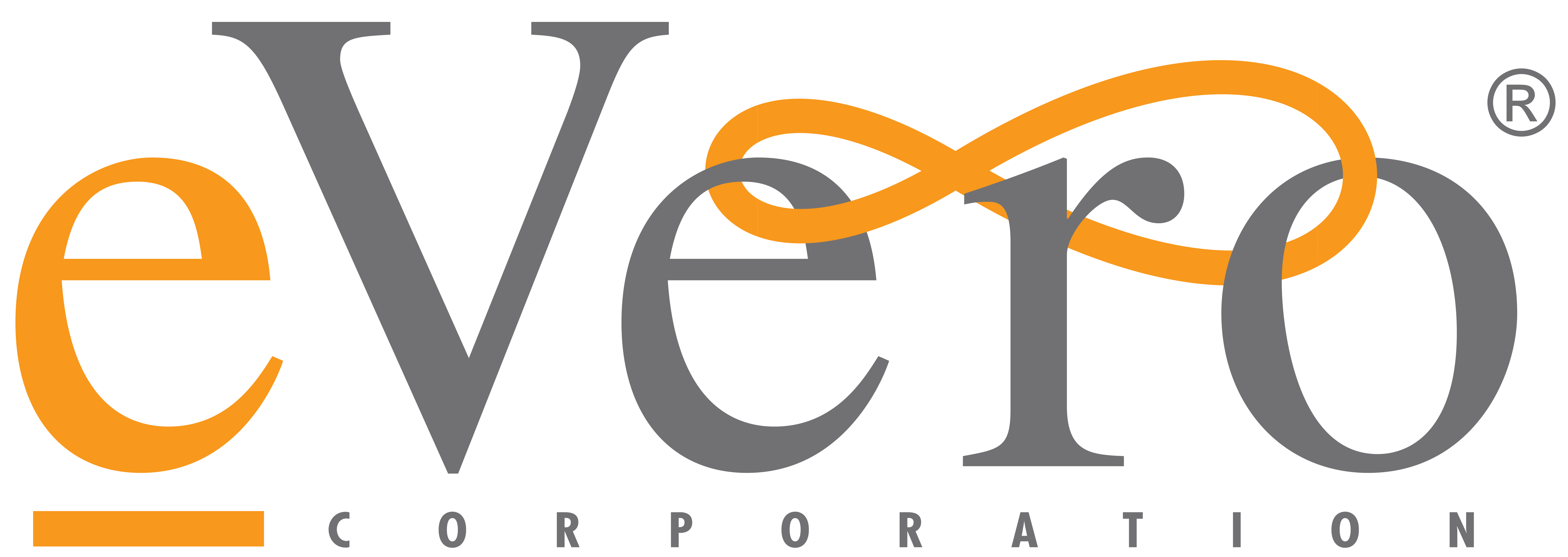
Part 2:
How Self-Direction provides empowerment, freedom, and control.
Now that we understand what Self-Direction is and how it works, we’ll be sharing our insight on how SDS can improve the quality of care services.
the quality of care services.
How exactly does Self-Direction improve care services? The answer to this question can be summed up in one word:
Empowerment.
According to the World Health Organization (WHO), empowerment is defined as “a process through which people gain greater control over decisions and actions affecting their health.”
And giving people more control over their care doesn’t just sound good. It’s also been shown to improve care adherence & outcomes.
How do Self-Directed care services empower individuals?
Great question.
Let’s discuss.
The freedom to choose caregivers.
With Self-Direction, the care recipient gets to decide who their caregivers will be. This includes choosing primary caregivers, and choosing backup caregivers (in case the primary caregivers become unavailable for any reason).
Why’s this important?
Because it gives them the power to work with someone they trust, which eases their mind. It also allows them to build stronger relationships with their caregivers of choice– further improving the quality of care.
Determining the caregiver’s pay. 
Any managed care services program will set the guidelines for caregiver pay rates. But, unlike traditional managed care services, those that elect for Self-Direction services get to determine the caregiver pay rates (within the established guidelines).
This gives the person the ability to pay caregivers more than they might make via agency pay rates. This improves the chances of getting quality caregivers while minimizing caregiver turnover.
Deciding the caregiver’s tasks and duties.
With Self-Direction, the care recipient is empowered to choose what specific care tasks they need to maximize their quality of life at home. This approach differs from traditional managed services, where the tasks are decided by the agency and the program.
With Self-Direction, the individual is assured to get both the benefit of autonomy and benefit of receiving the exact help they know they need.
Determining the caregiver’s schedule and hours.
Self-Direction also allows the care recipient to determine the exact time frames in which they need assistance. Under traditional managed care services, the caregiver schedules are out of the control of those receiving care– Which may cause disruption in their day-to-day routine.
With Self-Direction, the individual can create a schedule that accommodates their unique preferences. This allows them to receive the care they need without disrupting their routine.
Overseeing the caregiver’s training.
Given that Self-Direction gives the individual freedom to choose caregivers, their pay, their schedules, and their care tasks it should come as no surprise they’re also free to choose how the caregivers are trained.
This training may be provided by the individual or their representative. This training may also be outsourced if needed. Again, it’s up to the person receiving care to determine what training is needed and how it should be done.
Together we’ve talked about what Self-Direction is and how it works, as well as the increased empowerment, freedom, and control that can come from self-directing one’s care services. As this program continues to change the landscape of I/DD care, we’ll look towards the future of Self-Direction and what’s in store.
Visit back soon for our final installment: How Self-Direction Improves the Quality of I/DD Care Services — Part 3: Looking Towards the Road Ahead.



